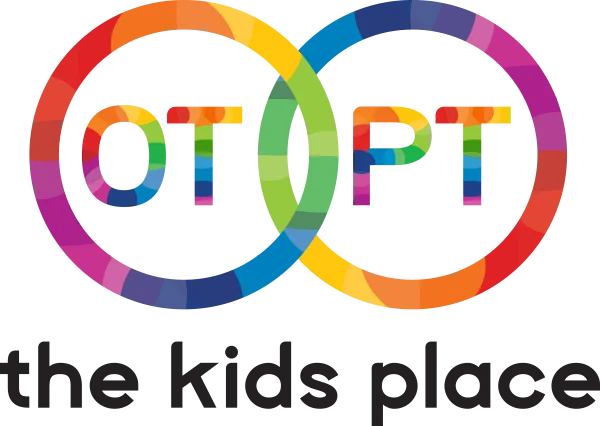Whilst our clinicians are experts at using clinical observation to better understand your child, we also believe that formal assessment can be a key part of the therapeutic process. Formal Assessments allow us to break down many areas of development in very specific ways and provide objective data about where a child sits in comparison to age-related norms. Below is a list of assessments we commonly use. One or more of these may be recommended for your child dependent on need.
The Bruininks-Oseretsky Test of Motor Proficiency–2nd (BOT-2)
The BOT-2 uses fun, game-like tasks and activities to assess a child’s motor skills. As well as an overall motor proficiency score it provides information relating to specific areas such as strength, coordination and fine/gross motor skills and can be used alongside clinical observation to help guide therapeutic intervention.
Age Range: 4-21 years.
Peabody Developmental Motor Skills –2nd (PDMS-2)
The PDMS-2 assesses motor development in children and looks at the interaction between fine, gross and visual motor skills to assess how children are developing in relation to age-related norms.
Age Range: 0-5 years.
Miller Assessment for Preschoolers (MAP)
The MAP provides an overview of behaviour, motor and cognitive development in children and provides a comprehensive picture of strengths and weaknesses. The Kids Place can use this assessment within a pre-school check or as an early school years assessment to support children reach their educational potential.
Age Range: 2 years 9mths – 5 years 8 mths.
The Movement Assessment Battery for Children – (Movement ABC)
The Movement ABC is used at The Kids Place to assess potential delays in a child’s fine and gross motor development. It looks at the impact of these delays in the home and school environment and how these may impact a child’s behaviour and well-being. It provides useful information for therapy intervention, plus standardised information for formal reporting to schools and other professionals.
Age Range: 3-16 years.
Beery-Buktenica Developmental Test of Visual Motor Integration (Beery VMI)
The Beery VMI assesses the extent to which a child is able to integrate their visual and motor abilities – essentially, it helps us understand how well the child’s eyes and hands are working together. This assessment is used with most of the children (above 5 years) who are referred to The Kids Place. It is especially helpful for establishing what support is needed in relation to the under-pinning skills required for handwriting.
Age Range: 2 years to adult.
Developmental Test of Visual Perception –3rd Edition (DTVP-3)
Visual Perceptual Skills enable us to organise and interpret visual information and give it meaning. There are various visual perception skills, which all work together to help your child engage in everyday self-care, play and learning activities. The DTVP-3 assesses specific areas of visual perception enabling us to understand more about where a child’s difficulties may lie. This assessment is particularly useful in helping us address difficulties with learning tasks such as reading, writing and spelling.
Age Range: 4-12 years.
Detailed Assessment of Speed of Handwriting (DASH)
The DASH analyses the speed and legibility of a child’s handwriting. As well as guiding intervention it can be a useful tool in determining the need for additional support in the classroom. This assessment can be very useful as children enter the upper primary/intermediate years and academic demands increase. Following completion of the DASH you will be provided with a report outlining areas of strength and challenge with practical recommendations to best support the child at school.
Age Range: 9-16 years.
Sensory Processing Measure (SPM)
The SPM provides a comprehensive overview of a child’s Sensory Processing within their home, school and community environments. It allows us to examine a child’s behaviour in different environments to better understand where challenges lie and how best to support them. Following this assessment practical suggestions will be given for home and school as to how best support the child.
Age Range: 5-12 years.
Sensory Profile – 2nd Edition (SP2)
The SP2 provides an overview of a child’s sensory processing in the home, school and community environments. Information is gathered through a caregiver and a teacher report. The SP2 also includes a self-report for older children/adults. Following administration of the Sensory Profile a report is provided highlighting your child’s sensory preferences and challenges with practical suggestions how to tailor the environment at home and school to meet their individual needs.
Age Range: Birth to adult.
